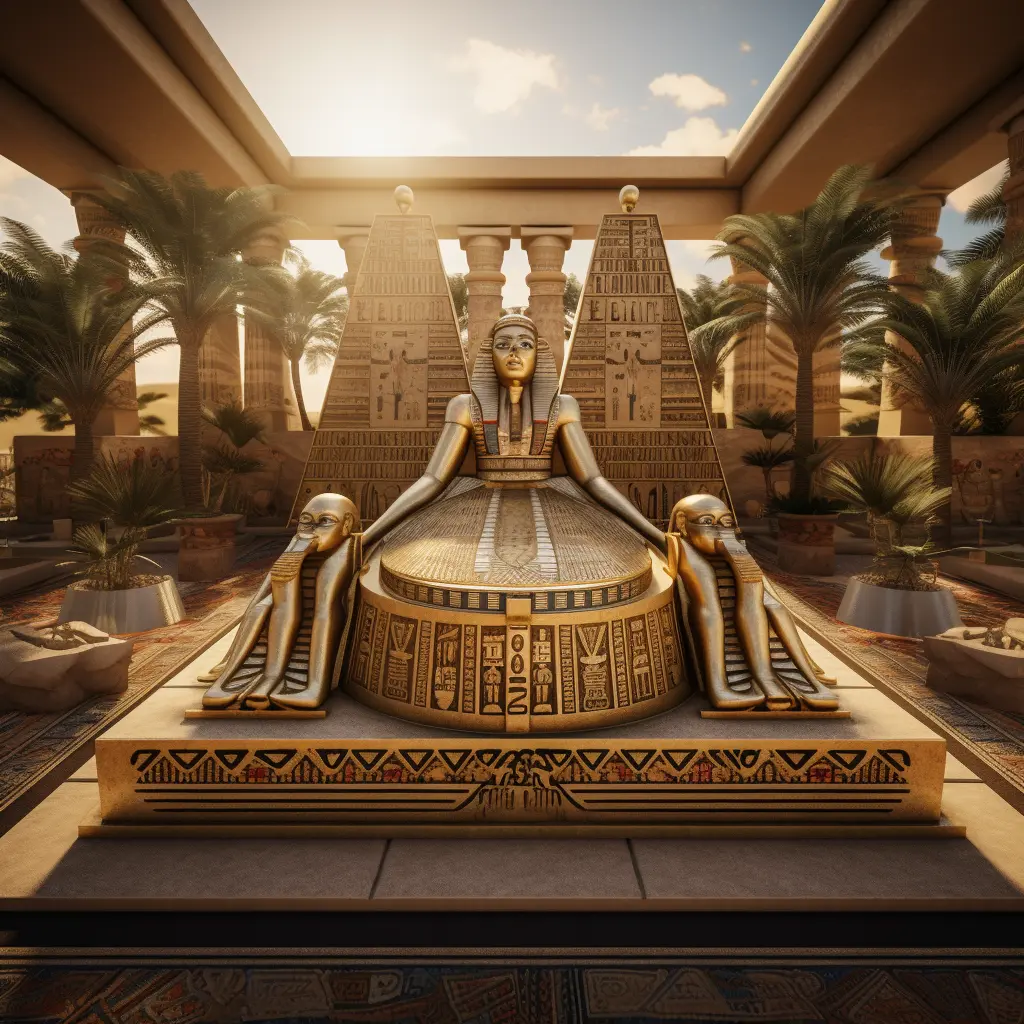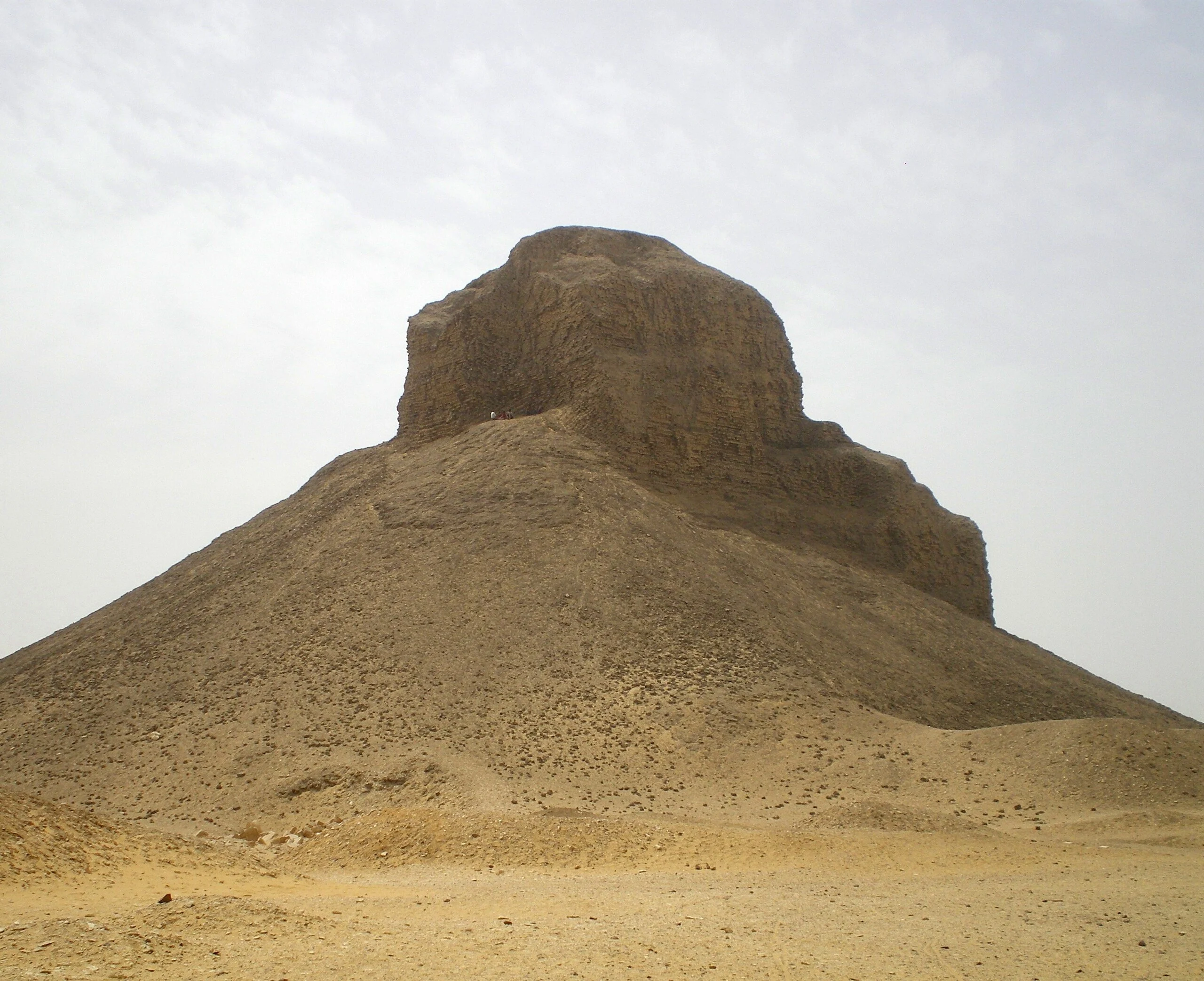
Introduction to Si-Te-Cah
Who were the Si-Te-Cah?
The Si-Te-Cah were a legendary tribe, believed to be giants, that play a significant role in the folklore of the Paiute people, native inhabitants of the Mojave Desert region in the U.S.A. The term Si-Te-Cah, in the Paiute language, roughly translates to “tule-eaters,” a reference to their purported diet, primarily consisting of the tule plant that grows around the wetlands. The Paiute legends describe the Si-Te-Cah as an aggressive, cannibalistic tribe with reddish hair. Historical evidence is sparse; however, a few archaeological findings have led some to speculate about a potential vestige of truth in these captivating tales.
Unraveling the Mystery: Initial Discoveries
The Si-Te-Cah, often shrouded in mystique, are a significant part of Nevada’s ancient folklore. The name, given by the local Paiute tribes, roughly translates to ‘tule-eaters’—a reference to their reputed dietary practices. The tale tells of an alleged tall, red-haired race that was said to have been exterminated by the Paiutes. The mystery began to intensify in the early 20th century when miners working in Nevada’s Lovelock Cave found numerous artifacts, including unusual, large skulls. The size of these skulls sparked theories about the possibility of the Si-Te-Cah belonging to a race of giants. The captivating idea of larger humanoids gave rise for many to see beyond fables and consider them an integral part of prehistoric human existence. As archeological excursions deepened, findings fueled curiosity and serious debate, making the Si-Te-Cah, for some, a plausible chapter in ancient anthropology.
The Legends and Folklore of Si-Te-Cah
Legends of the Si-Te-Cah by Native Americans
The Si-Te-Cah, according to Native American lore, were a legendary tribe of red-haired giants that once roamed the Nevada region of the United States. The name ‘Si-Te-Cah’ in the language of the Paiute people roughly translates to ‘tule-eaters’, drawing from the tribe’s alleged practice of consuming the fibrous water plant known as tule. Detailed in oral tradition long before they were recorded in the 19th century by Sarah Winnemucca, the daughter of a Paiute chieftain, these ancient tales speak of a time when the Si-Te-Cah and the Paiutes were bitter enemies.
Narratives relate that the giants were aggressive, starkly contrasting the typically peaceful Paiute, and instigated war through unprovoked attacks. To defend themselves, the Paiutes joined forces with other tribes in the region and waged a protracted campaign against the Si-Te-Cah, ultimately driving them to the brink of extinction. As per legend, the last of the Si-Te-Cah did not go down without a fight, taking refuge in a cave. When they refused the treaty of peace offered by their enemies, the alliance started a massive blaze at the mouth of the cave, suffocating and burning the trapped giants. Apart from these thrilling narratives, there is a lack of solid archaeological evidence to support the existence of the Si-Te-Cah. However, the captivation these stories hold for historians, anthropologists, and enthusiasts alike makes them a significant piece in the vast puzzle of American folklore.
Role of Si-Te-Cah in Indigenous Storytelling
In the intricately woven fabric of indigenous storytelling, the Si-Te-Cah roundly stand out, playing an integral part in the lore of the Paiute tribes of Nevada. The term Si-Te-Cah literally translates to “tule-eaters,” named after the fibrous water plant they purportedly consumed. Embodied in the oral histories as intriguingly fearsome characters, these red-haired, cannibalistic giants left an indelible imprint on the indigenous chronicles for generations to come.
As legendary figures, their renown isn’t based merely on their physical stature and peculiar dietary habits, but on their roles as formidable foes. The indigenous tribes chronicle epic confrontations between their forebears and these formidable giants, indicative of a deeply vested belief in the Principle of Good overcoming Evil. In fact, the narrative of a battle, where the Paiute tribes allied with other tribes to vanquish the Si-Te-Cah, is deeply etched in their cultural consciousness. This battle, ending in the pyre-lit demise of the giants, symbolizes the triumph of righteousness, unity, and courage against malevolence.
Furthermore, these narratives have cumulatively shaped the indigenous knowledge, spirituality, and idea of historical events. With every generation, the Si-Te-Cah stories are retold, serving as didactic tales that underscore morality, resilience, and collaboration in face of adversities. Thus, the role of Si-Te-Cah in indigenous storytelling extends beyond mere entertainment; they serve to impart wisdom, preserve cultural memory, and maintain the social fabric by instilling shared values and lessons drawn from the past.
The Archaeological Evidence
Lovelock Cave, Nevada: A Significant Site
Lovelock Cave, located in Nevada, is indeed a significant site that greatly contributes to the Si-Te-Cah narrative. This cavernous treasure, tucked away in the Churchill County, around 20 miles off Lovelock, Nevada, holds a wealth of archaeological resources that paints a vivid picture of a bygone era. Predominantly excavated between 1912 and 1924, it unveiled an incredible array of artifacts and remnants that indicate continuous habitation for over 4,000 years, reinforcing the depth of its historical roots.
Among the findings, split-twig figurines, a duck decoy collection, and a wealth of basketry caught the spotlight. However, perhaps the most intriguing of all discoveries was a cache of tall, red-haired mummies, that some suggest are the actual remains of the Si-Te-Cah people. The sheer quantity and quality of artifacts unearthed from this site, paired with these tantalizing skeletal remains, have provided archaeologists with priceless insights into ancient tribal cultures and traditions. Indisputably, Lovelock Cave serves as a rich foundation for the study of the Si-Te-Cah, its archaeological evidence resonating legacy and intrigue through every strata of history it reveals.
Intriguing Finds: Artifacts and Bones
Under the fascinating section of ‘Intriguing Finds: Artifacts and Bones’, we dive into the engrossing world of the Si-Te-Cah, unearthing the tangible remnants they left behind. The archaeological evidence collected over time offers a captivating peek into this tribe’s historical existence. Among the intriguing finds are artifacts such as tools and ornate ceramics, reflecting a nuanced understanding of craftsmanship. These diverse artifacts range from basic utility products to more complex pieces, serving both functional and decorative roles. Equally intriguing are the colossal bones allegedly belonging to this tribe, whose actual stature remains swathed in mystery.
Excavated from Lovelock Cave in Nevada, these bones have ignited continuing debates amongst archaeologists and anthropologists about the tribe’s actual size. Some of these skeletal remains hinted at an extraordinarily large physique, feeding into the tribal folklore of the Si-Te-Cah being ‘giants’. However, scientific validations for such theories are not definitive yet. These engrossing discoveries fuel further investigations into the tribe’s life, culture, and anthropology, fostering a richer understanding of our shared history. Despite the advances in archaeological methods, the mystique of the Si-Te-Cah remains a captivating enigma, urging us to continue delving deeper into their extraordinary past.
The Si-Te-Cah and Anthropological Studies
Anthropological Views on Si-Te-Cah Existence
Anthropology, the study of humans and their societies, brings a scientific lens to the exploration of Si-Te-Cah’s existence. Throughout history, there has been vigorous debate among anthropologists about whether the Si-Te-Cah, often portrayed as an ancient race of red-haired giants indigenous to Nevada, truly existed. Some anthropologists argue for their authenticity based on reported findings of oversized skeletal remains and ancient legends of the Paiute tribe.
These researchers suggest that the Si-Te-Cah could be part of an unknown prehistoric population that had an unusually large stature. Nevertheless, other scholars cast doubt on these claims due to the lack of concrete archaeological evidence, consistent with globally accepted anthropological and genetic data on human evolution. They deem these stories more as folklore and past exaggeration rather than factual events. While the debated existence of the Si-Te-Cah doesn’t find a unanimous viewpoint within the anthropological field, it certainly captivates the interest of both experts and history enthusiasts, reigniting continuous exploration of humanity’s complex past.
Controversies and Debates in Anthropological Circles
In the realm of anthropological studies, the Si-Te-Cah have provokingly ignited controversies and debates. Dominant anthropological consensus contends that the Si-Te-Cah, as the indigenous Paiute tribes described, are a fabricated element of folklore given the lack of solid archaeological evidence. Skeptics argue that the Si-Te-Cah’s described characteristics, such as red-haired and giant stature, are implausible traits for an indigenous tribe living in Nevada. The excavation of Lovelock Cave in the early 20th century, often attributed to the Si-Te-Cah, further intensifies debates as critics challenge the authenticity of recovered artifacts and argue over their interpretation.
Contrarily, proponents strongly defend the existence of Si-Te-Cah by pointing to ancient Paiute oral traditions, which consistently recount tales of these ‘red-haired giants’. This thesis sometimes intersects with fringe theories of lost races or extraterrestrials, further muddying the academic waters and sparking lively discourse. The true identity, existence, and cultural significance of the Si-Te-Cah thus remain enigmatic, straddling the line between prehistoric reality and mythical folklore in anthropological circles.
The Impact of Si-Te-Cah on Modern Culture
Si-Te-Cah in Literature and Media
The Si-Te-Cah, fascinating indigenous folklore, has left an indelible imprint on modern culture, being staple material in literature and media. Renowned authors have crafted engrossing narratives based on the Si-Te-Cah legend, successfully amalgamating elements of fantasy and historical fiction. These literary works have fueled readers’ curiosity and deepened their understanding of the Si-Te-Cah mythos. Media adaptations have further magnified this cultural impact.
Film and television network giants regularly create compelling content with Si-Te-Cah as a central theme, ranging from spine-chilling horror flicks to intricately woven drama series. Even in the digital age, video game developers and graphic novelists are tapping into the rich tapestry of age-old Si-Te-Cah narratives. These immersive portrayals have given the Si-Te-Cah an elevated status in pop-culture, keeping the legend alive in the collective memory of our society and influencing perceptions about the mythical and the real.
Modern Interpretations and Inspirations from Si-Te-Cah
The influence of Si-Te-Cah, a tribe from ancient Nevada Paiute folklore believed to be cannibalistic giants, continues to pervade modern interpretations and inspirations, crafting a subtle yet discernible impact on contemporary culture. Various modern myths, novels, films, and series use elements from the Si-Te-Cah narrative, tailoring it to fit their specific genre or storyline.
For instance, H.P. Lovecraft’s 1931 novella ‘At the Mountains of Madness’ clearly channels Si-Te-Cah inspirations. A prevalent theory proposes that the Si-Te-Cah are the direct ancestors of ‘Bigfoot’, aligning with the several reports of large footprints found across North America. The Si-Te-Cah also appear in video games such as ‘Fallout 2,’ where they are reimagined as a faction of super mutants. These adaptations, although varied, exhibit a central theme- using the idea of the Si-Te-Cah as a medium to accentuate the allure of the unknown and a reminder of our fascination with folklore and myth.
Conclusion: The Mystery of Si-Te-Cah Today
The Current State of Si-Te-Cah Research
In conclusion, the mystery of Si-Te-Cah remains intriguing. Currently, archaeological and anthropological research concerning Si-Te-Cah is sparse, primarily held back by the lack of extensive physical evidence. However, due to ongoing advancements in technology and research methodologies, the hope of unravelling this ancient enigma has never been more vivid. Modern scientists are harnessing new techniques like genetic analysis and dating technologies to piece together the fragments of this captivating puzzle. While the echoes of Si-Te-Cah’s age-old tale remain primarily within the folklore of the Paiute tribe, the search for tangible truths behind these legendary beings persists in scientific realms across the globe.
The Unanswered Questions
The Si-Te-Cah remains an enigma, shrouded in controversy and myth, even today. Fascinating as the legend is, there are numerous unanswered questions. From the authenticity of the Paiute’s accounts to the absence of concrete archaeological evidence, the puzzle of Si-Te-Cah is riddled with mysteries. Moreover, the claims of larger than normal skeletons, ostensibly validated by several newspapers of that era, add another layer of complexity to this intrigue. Despite the relentless exploration by curious minds and historians, the truth of the Si-Te-Cah remains veiled. Their reality, whether stemming from fact or folklore, continues to captivate and bewitch individuals worldwide.



